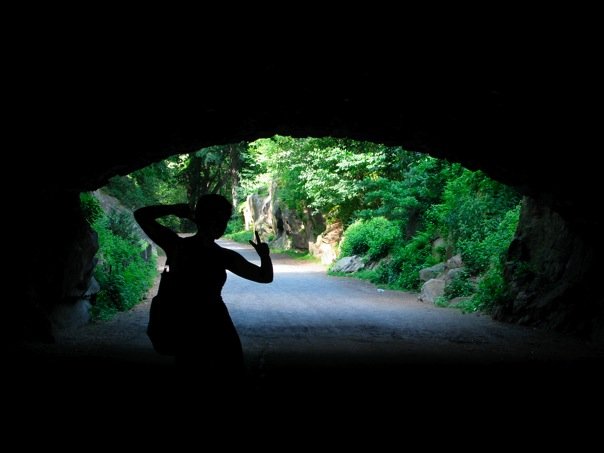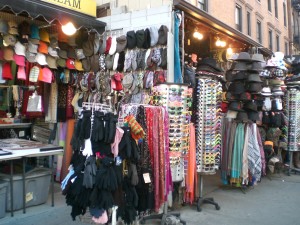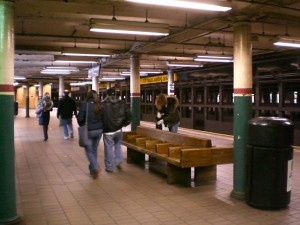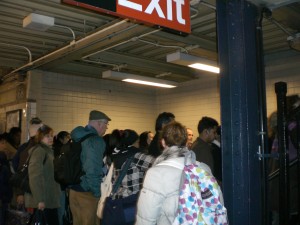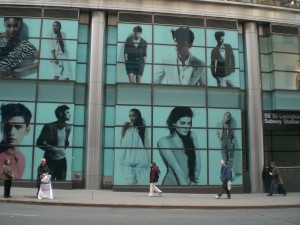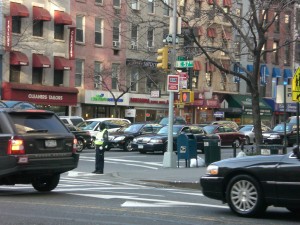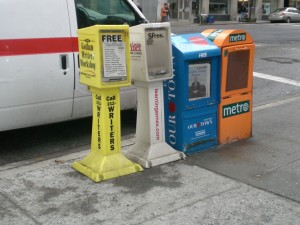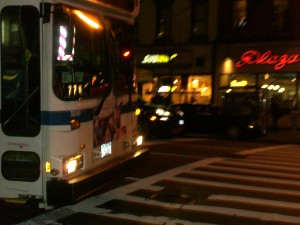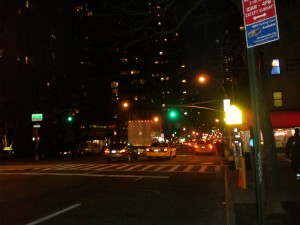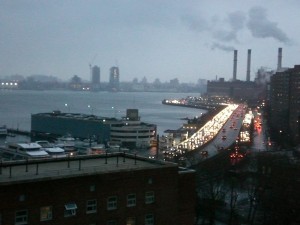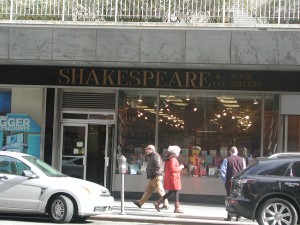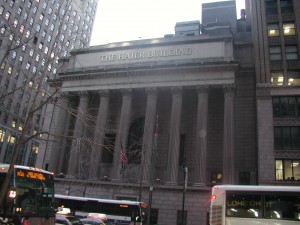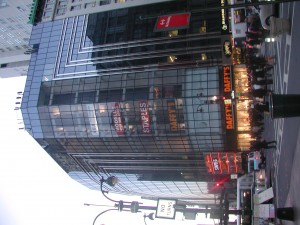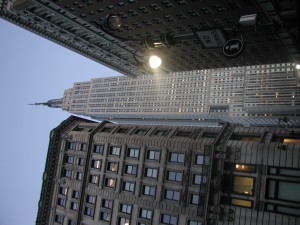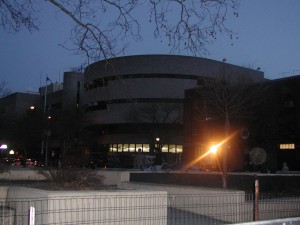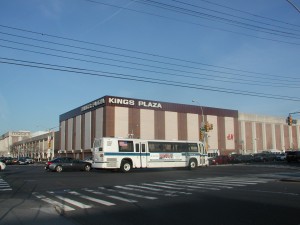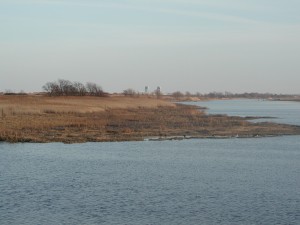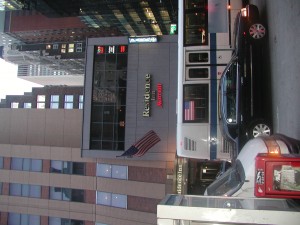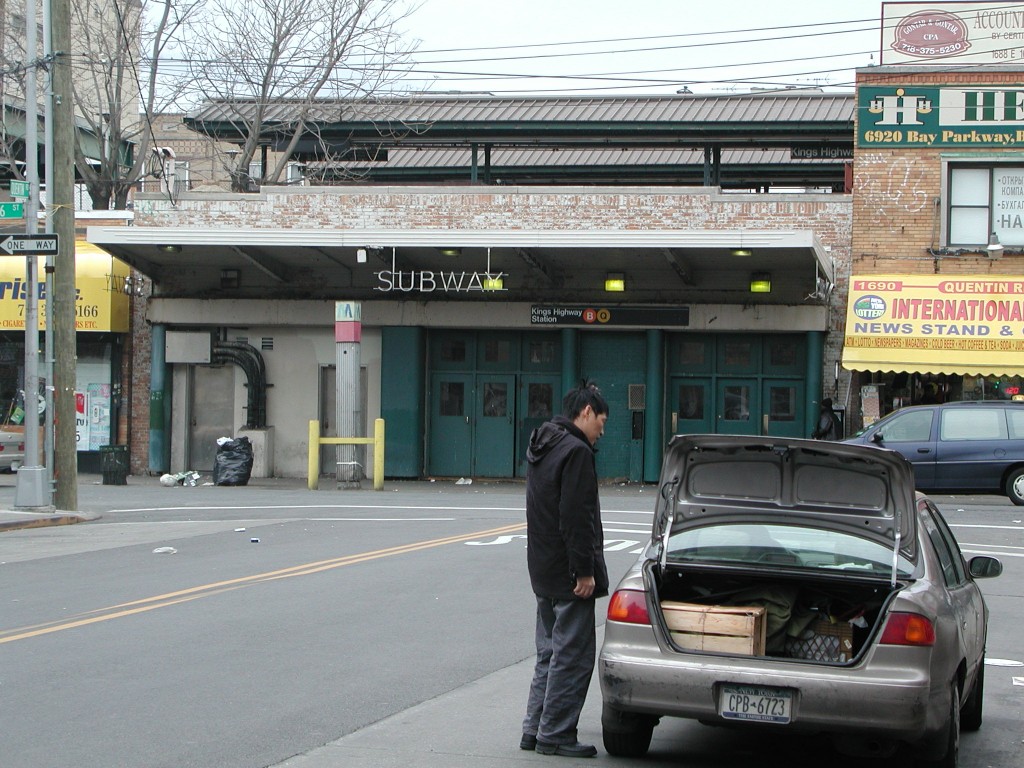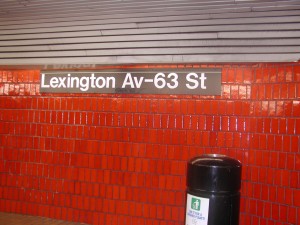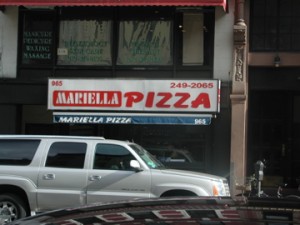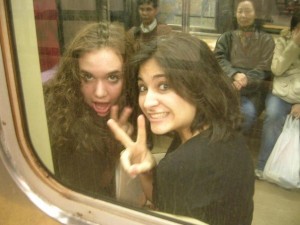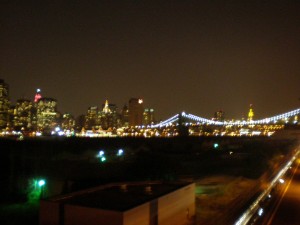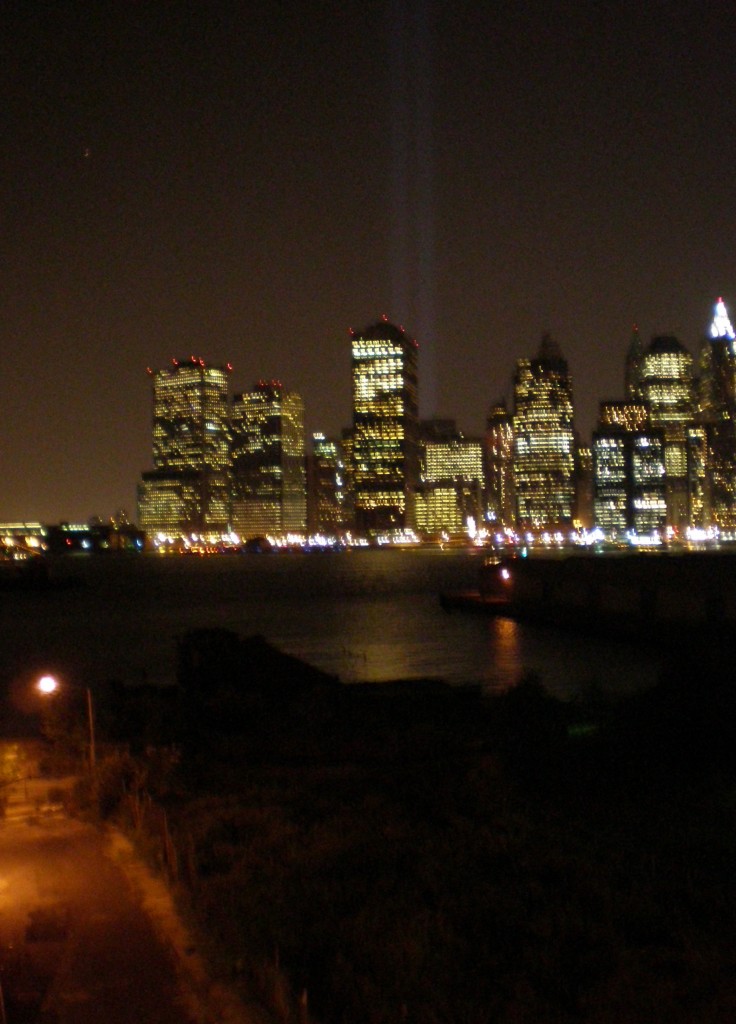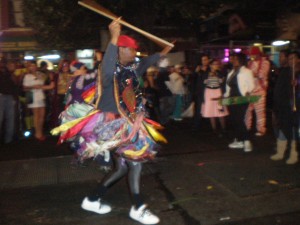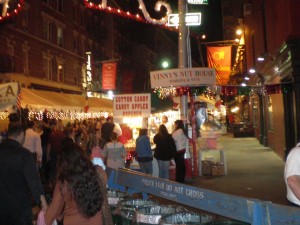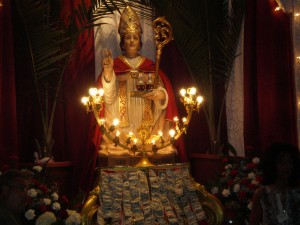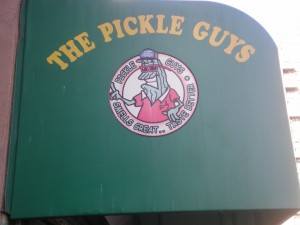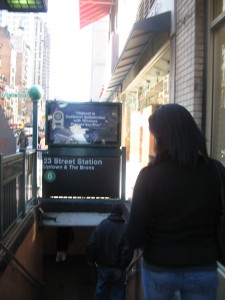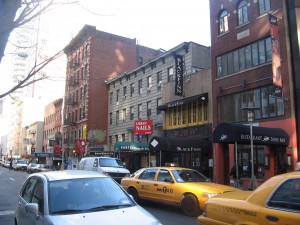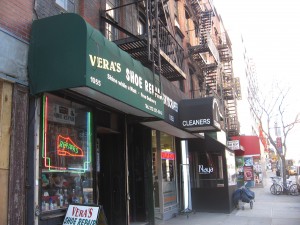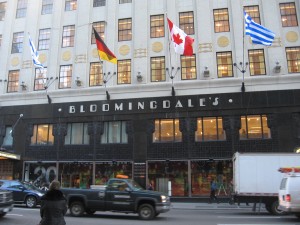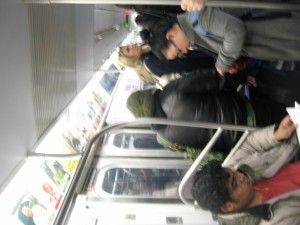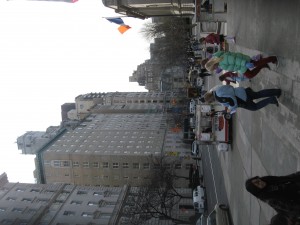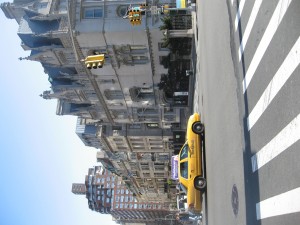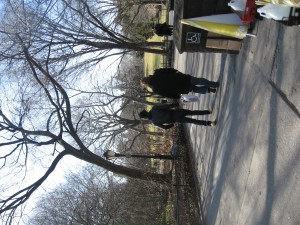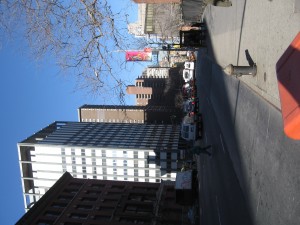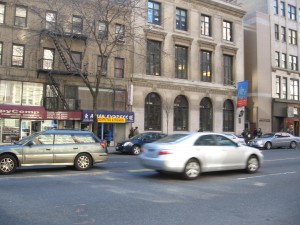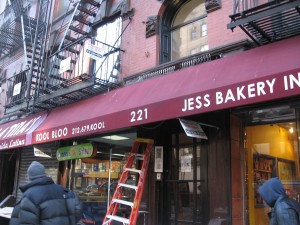Gennadiy Rozentsvayg
Reading Guide for ULURP (the Uniform Land Use review)
CHC 250: Section 04
Professor Philips
Reading Guide
1. What does Department of City Planning (DCP) certification of an application mean?
A Department of City Planning (DCP) certification of an application means that the standardized Land Use Review Application includes all forms, plans and documents that are important to address the issue the application is hoping to address. If the application has to undergo environmental review, a negative declaration, a conditional negative declaration, or a notification that that an Environmental Impact Statement was completed, must be issued before the application is certified.
2. Who are the major participants in the review process?
The major participants in the review process are the affected Community Board, Borough President as well as the city council. If necessary the Borough Board also reviews the application.
3.What is the time allotted for each phase of the process?
The Community Board is responsible for conducting the first phase of review. Upon receiving the certified application, the community Board has sixty days to hold a public hearing and create and submit a recommendation to CPC, the applicant and the Borough President. When appropriate, the Community Board also submits a recommendation to the Borough Board. If the community Board either fails to act in the time allotted to it or chooses not to act, the application goes to the Borough President, who has thirty days to submit a recommendation to the CPC. If the application involves land that is in more than one community district, the Borough Board can also submit its recommendation to CPC. If the Borough President fails to act, the application still proceeds to CPC. The CPC has 60 days to hold a public hearing and approve, modify or disprove the application upon receiving it from the Board President. The council must hold a public hearing and approve, modify or disapprove the CPC decision that in the first 50 days of its review process was CPC subjected the application for review or if the council “called-up” the application for review. The Council has fifty days to do so. When the Council proposes a modification, the CPC has 15 days to make a decision, during which the 50-day time period for the Council is put on hold.
4. What role does the mayor play in the review process?
The mayor can veto a Council action within 5 days in which the City Council approved or disapproved a land use application. His approval is not required though.
5. Which bodies must hold a public hearing during the review process?
The Community Board Review, the CPC and City Council must hold public hearing during the review process.
6. Who makes the final decision in the approval or disapproval of a land use application?
The CPC makes the final decision in the approval or disapproval of a land use application.
